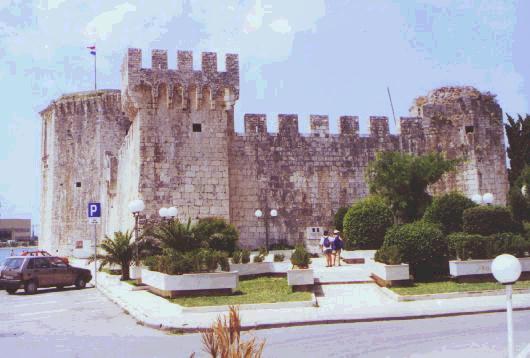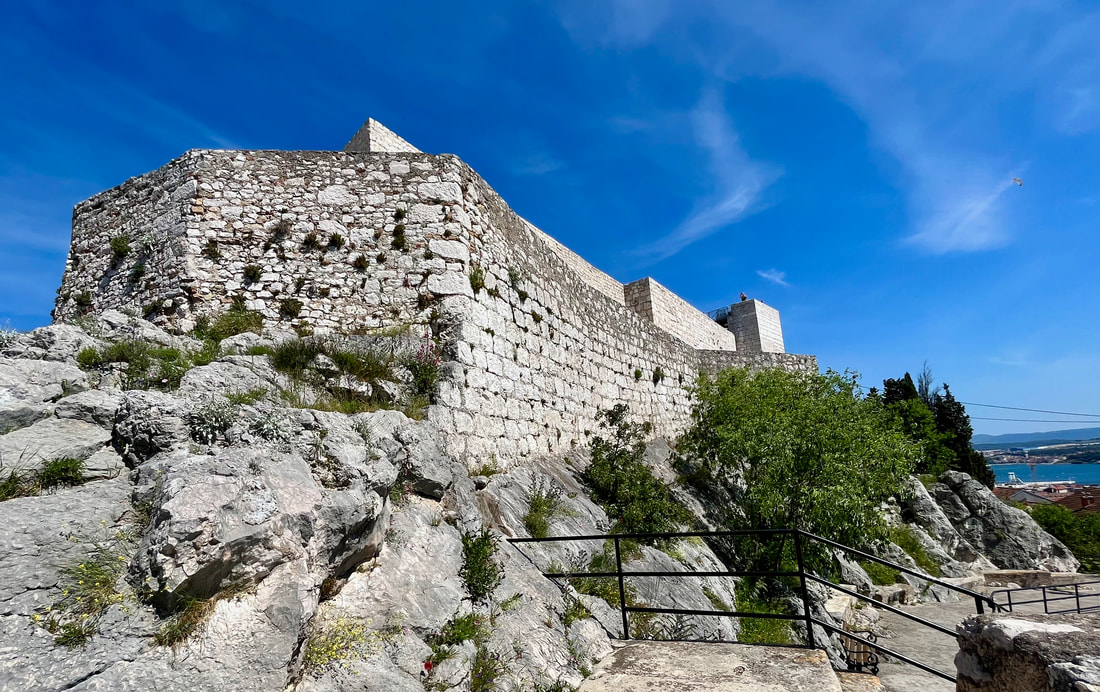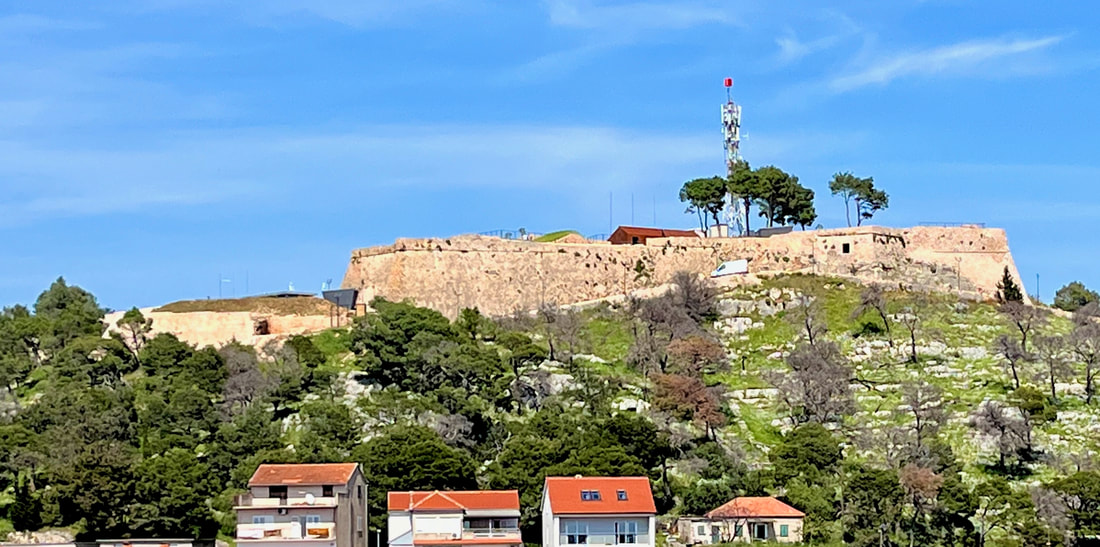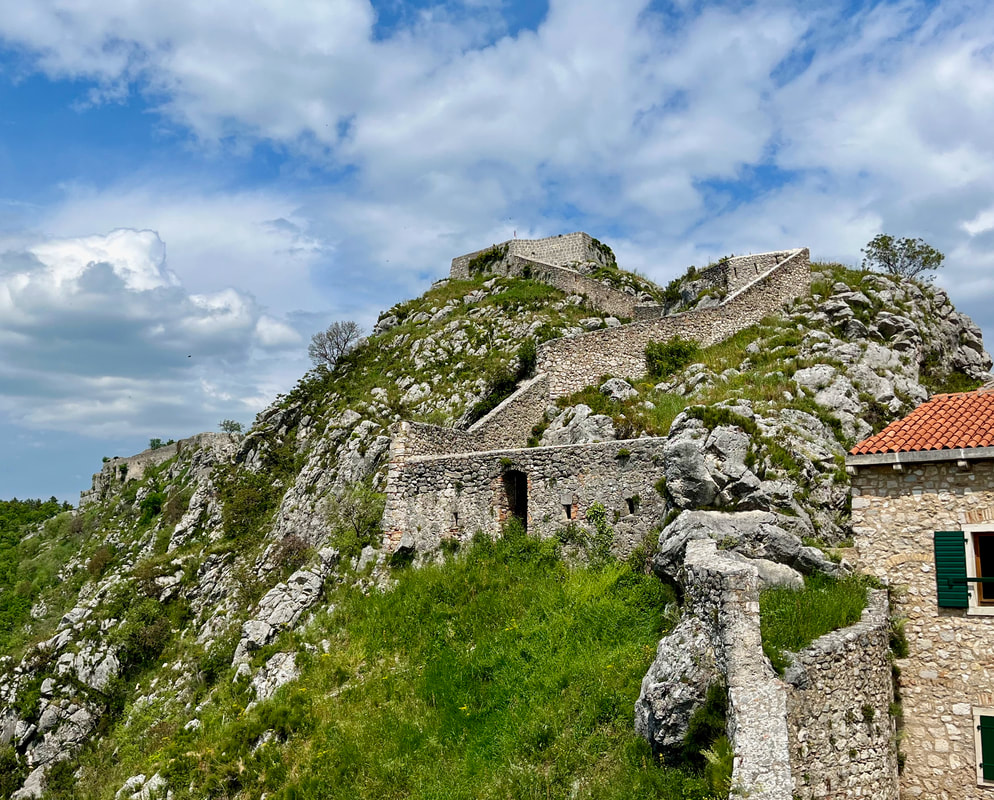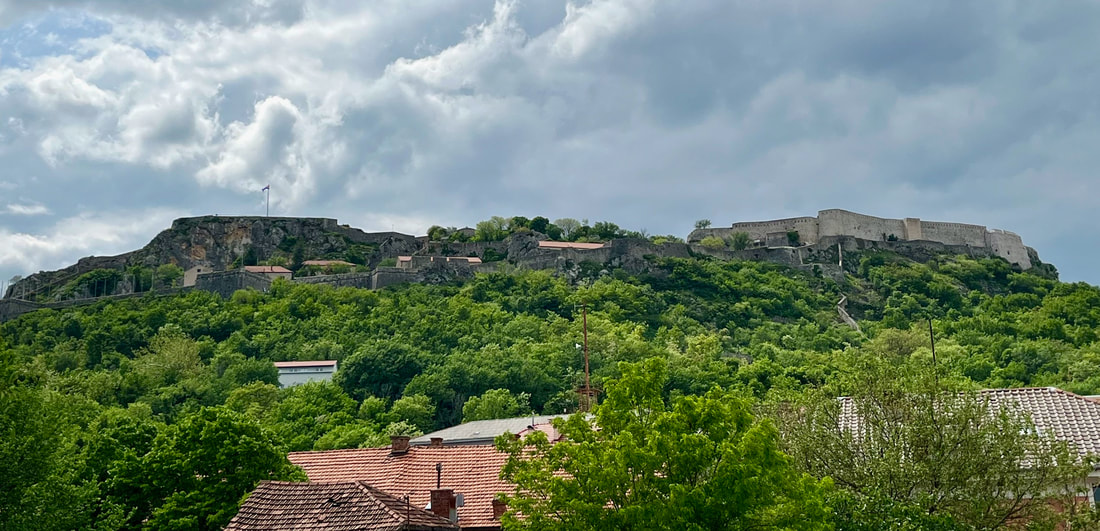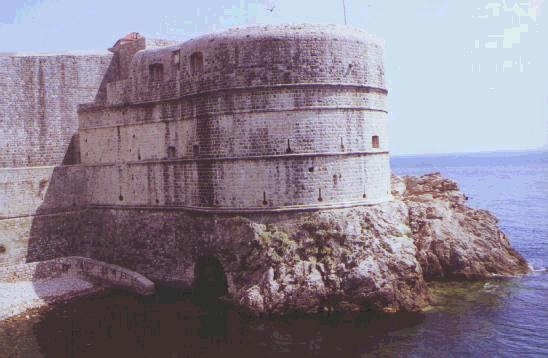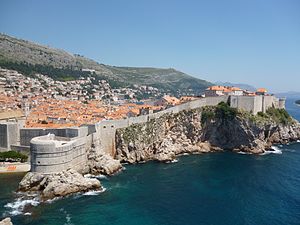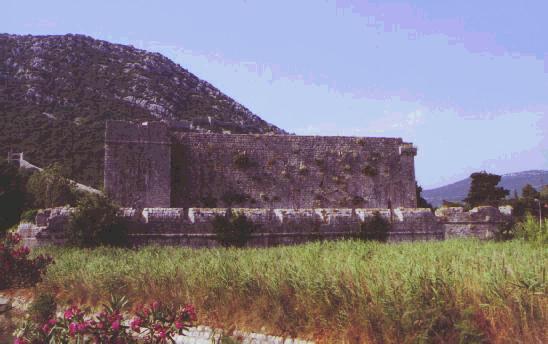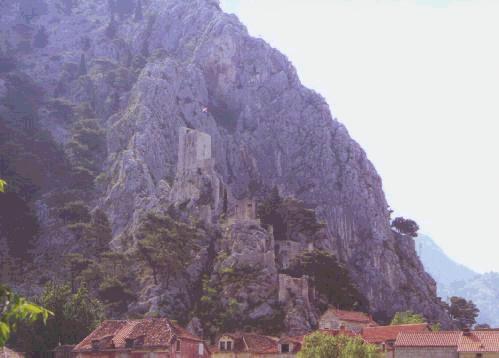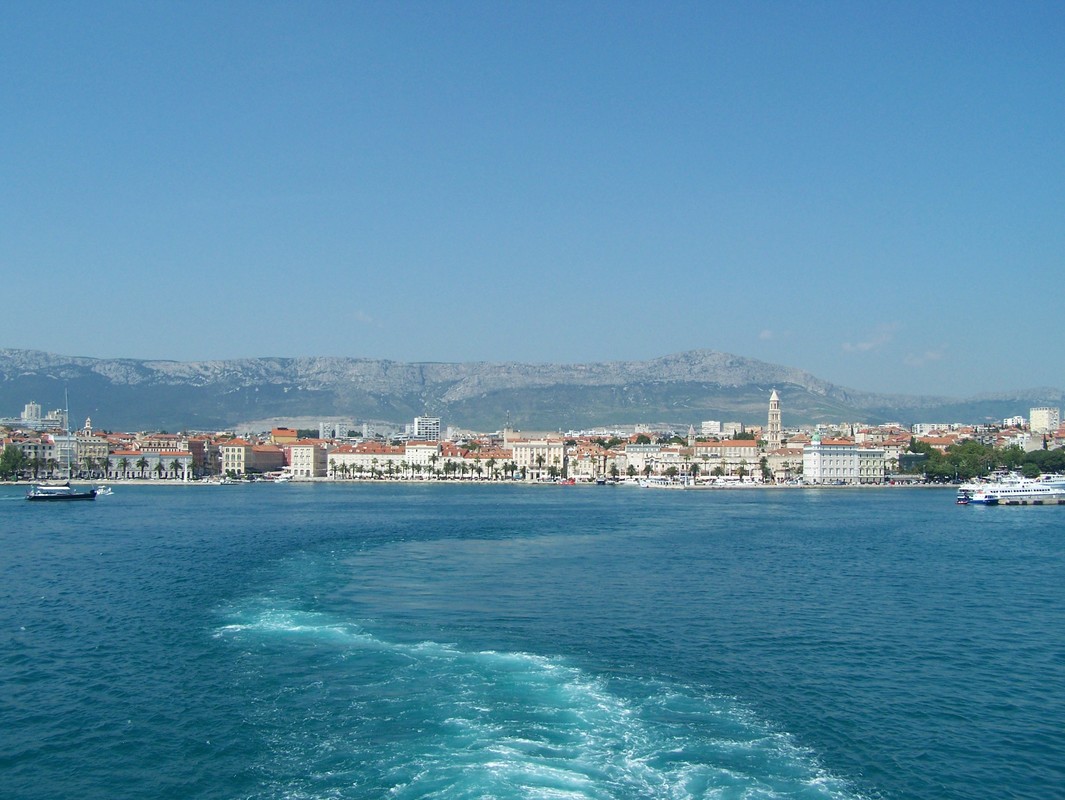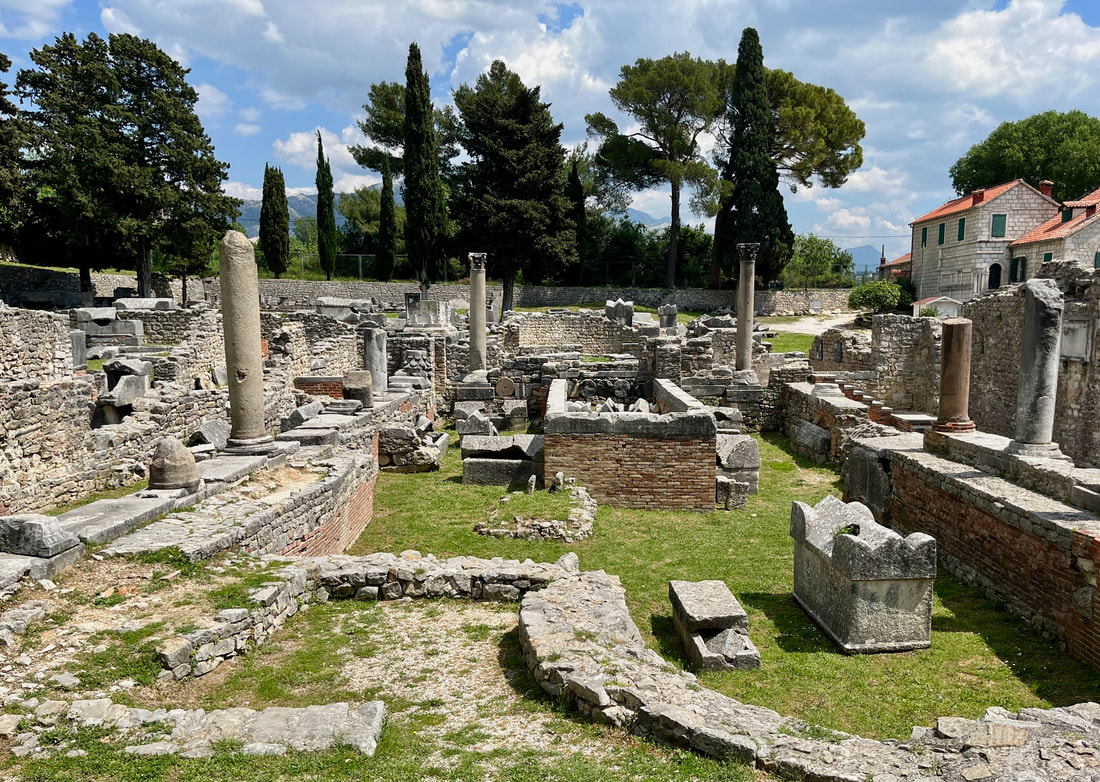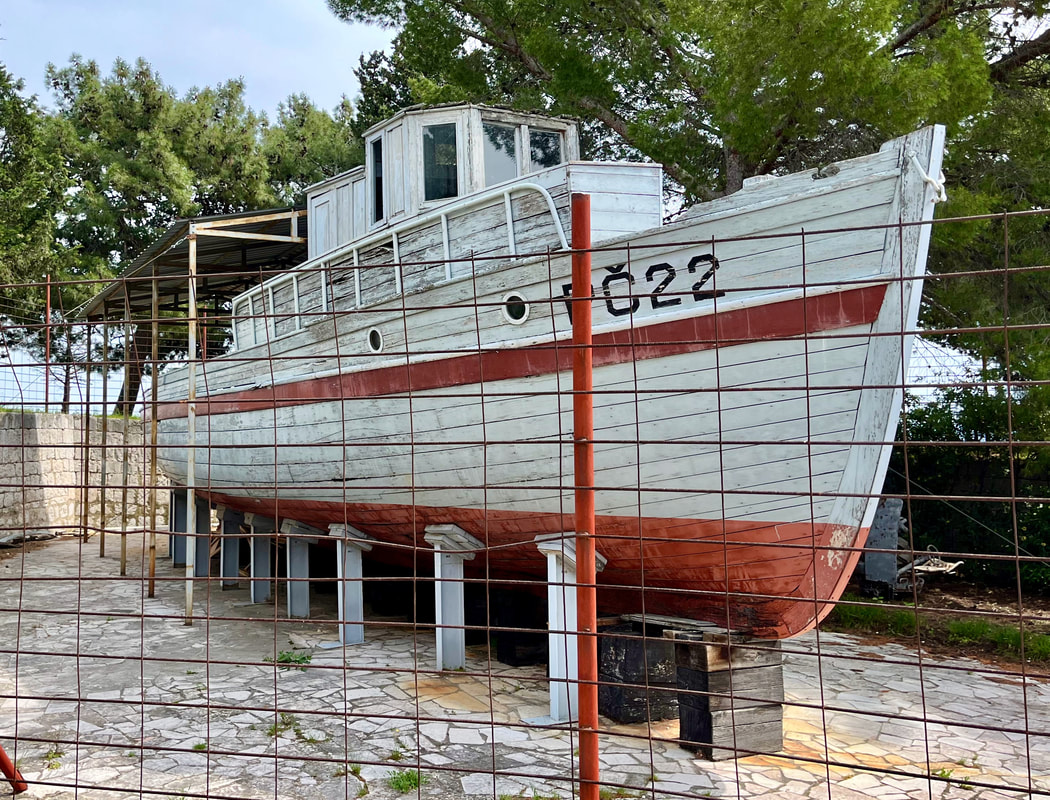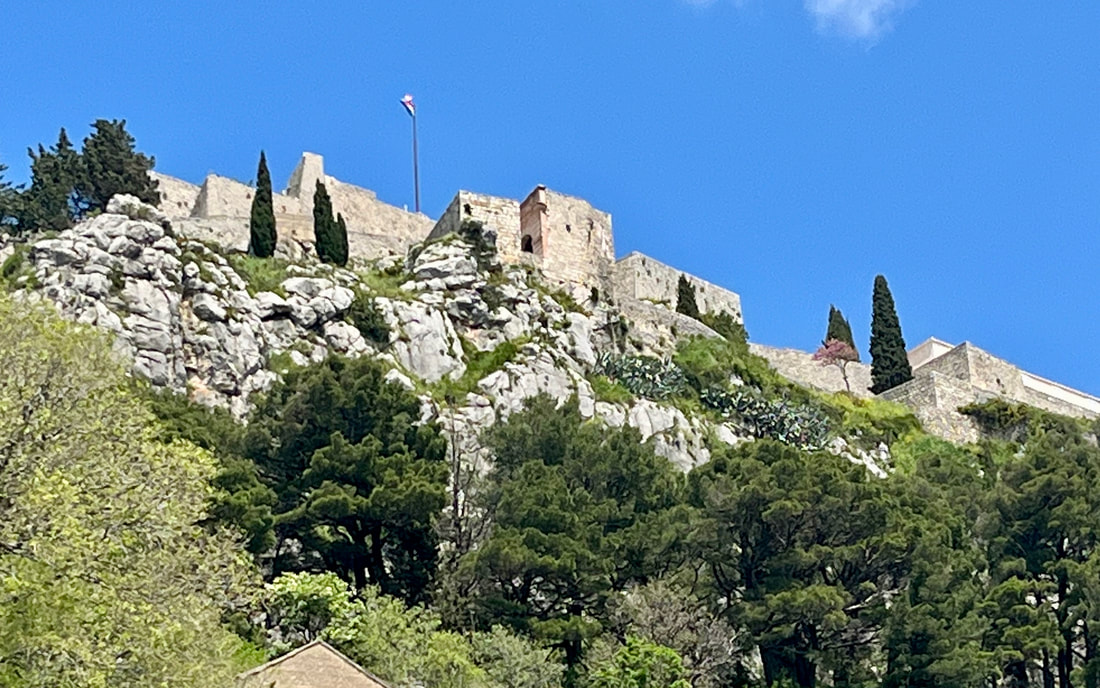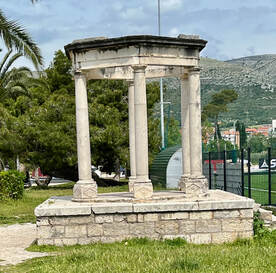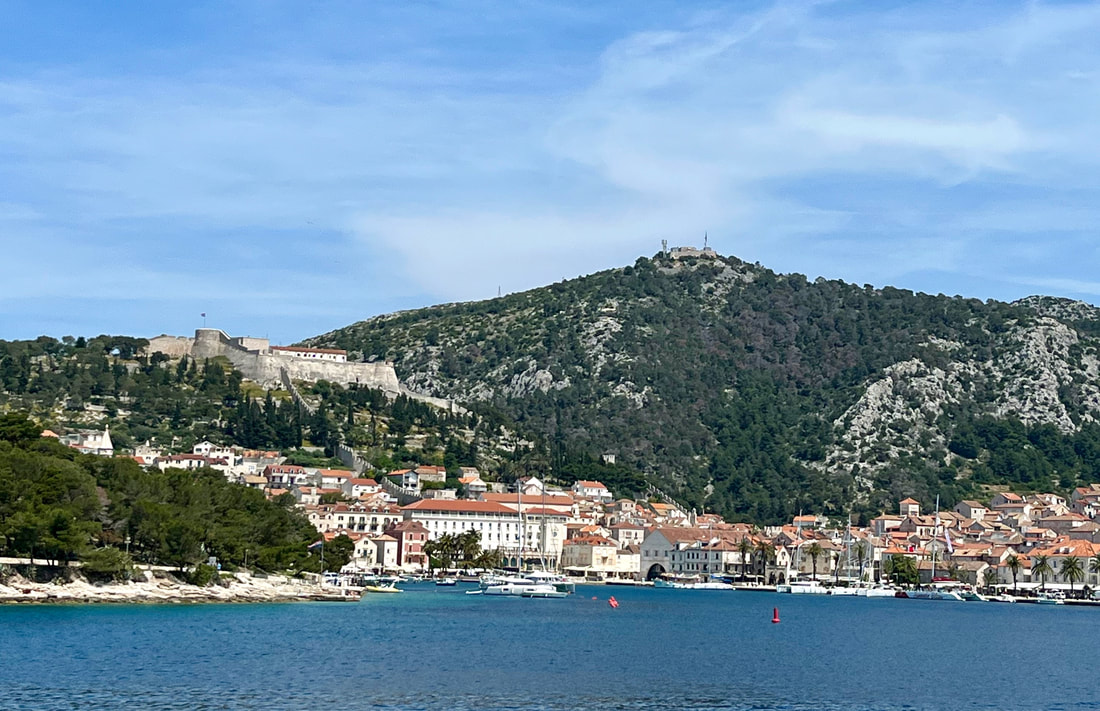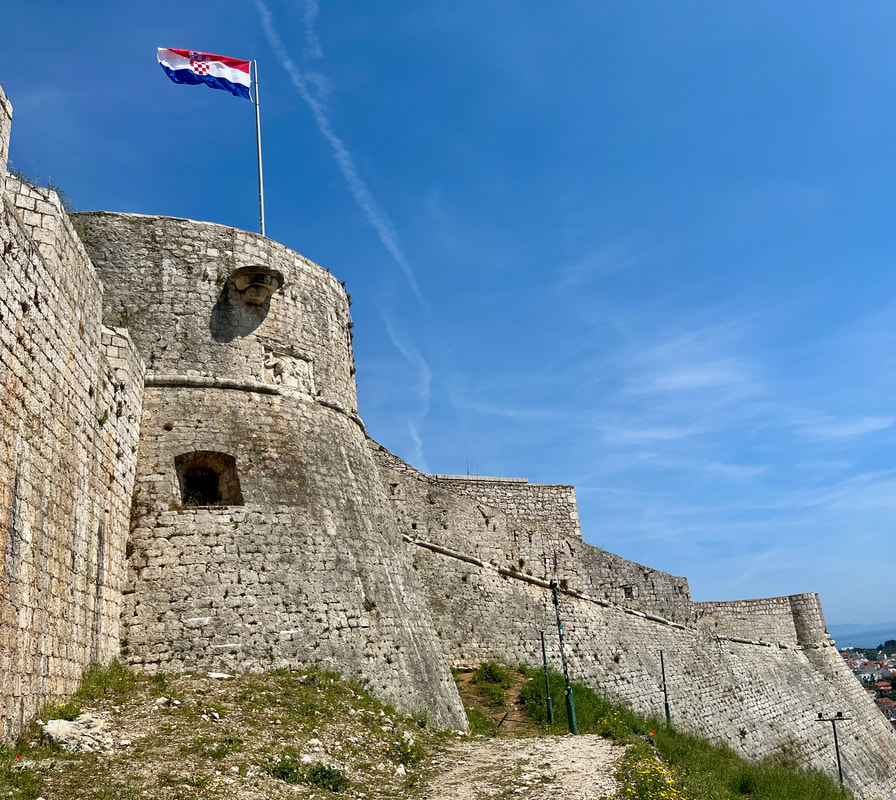- Home
- About
-
Travel
-
Features
- Dyrrachion1081
- Normans in the Balkans
- Manolada 1316
- Kosovo 1389
- Castles on the Danube
- Late Medieval Bosnian Army
- Doboj 1415
- Wallachian and Moldovan troops of the Napoleonic wars
- Anchialos 917
- Slovenian Borderlands
- The Zadruga and the Military Border
- Cretan War in the Adriatic
- Salonika 1916
- Uskoks of Senj
- Siege of Klis 1537
- Eugene in the Balkans
- Moldavian Surprise 1711
- Austro-Turkish War 1737-9
- Militargrenze
- Invading Ottoman Turkey
- Siege of Ragusa 1814
- Russo-Turkish War 1806-12
- Serbian Uprising 1815
- Ali Pasha
- Ottoman Army 1826
- Aleksinac 1876
- Shipka Pass
- Slivnitsa 1885
- Romanian Army 1878
- Austrian forts 19thC
- Kumanovo 1912
- Catalca Lines
- Adrianople 1912-13
- Kajmakcalan 1916
- The other 1918 campaign
- Macedonia air war WW1
- War of the Stray Dog
- Royal Yugoslavian armed forces
- Blunder in the Mountains
- Romanian SS
- Gebirgsjager in the Balkans
- Knights Move 1944
- Vis during WW2
- HLI in the Adriatic
- Adriatic Cruel Seas
- Dalmatian Bridgehead
- Cyprus 1974
- Transnistrian War
- Ottoman Navy Napoleonic wars
- Medieval Balkans
- Balkan lockdown quiz >
- Reviews
-
Armies
- Ancient Greeks
- Pyrrhic army of Epirus
- Dacian wars
- Goths
- Late Roman
- Comnenan Byzantine Army
- Normans
- Serbian medieval
- Albanian medieval
- Wallachian medieval
- Bosnian Medieval
- Catalan Company
- Polish 17C
- Austrian Imperialist
- Ottoman
- Austrian 18thC
- Russian Early 18thC
- Ottoman Napoleonic
- Greek Revolution
- 1848 Hungarian Revolution
- Russian Crimean war
- Romanian Army of 1877
- Ottoman 1877
- Russian 1877
- Balkan Wars 1912-13
- Macedonia WW1
- Greece WW2
- Italian Army WW2
- Gebirgsjager WW2
- Hungary WW2
- Turkey WW2
- Soviet Union WW2
- Bulgaria WW2
- Turkish Korean War Brigade
- Balkan Wars 1990s
- Links
- Books
Dalmatian Coast
This article is a brief guide to the military history sights on and off the Dalmatian Coast as visited by the editor in June 2000 and again in 2023.
|
Dubrovnik
The starting point is probably the most famous city on the coast, Dubrovnik. Founded by the Greeks it was Roman Epidaurum before moving north to become Ragusa. Occupied by Arabs, Venetians and Normans it became a free state in the 12th Century. The high point was the 15th and 16th centuries when the republic's fleet of 200 ships sailed the world. It was protected by several powers as a counterweight to its great rival Venice, until the republic was finally dissolved by the French under Marmont in 1808. The main sights are the city walls covering land and sea approaches with the forts Minceta, St John, Lovrijenac and the Revelin. You can walk around the walls and the forts which give a stunning view of the old city which has been repaired following the shelling by Serbian troops. There is a maritime museum which is strong on the trading history of the city particularly in the 19th century, but a bit weak on earlier periods and military history. Ston Next stop up the coast is the fortified town (strictly speaking two towns) of Ston which guards the Peljesac Peninsula. The vast walls run both sides of a hill over five kilometers in length with 20 towers and the Koruna Fortress. It was built by the city state of Dubrovnik to protect the salt works which provided a third of the state's revenue. The walls are well preserved and the smaller town, Mali Ston has a beautiful harbour famous for its nearby oyster beds. A good alternative place to eat and/or stay to Dubrovnik. Neretva Delta The coast road goes through the Bosnian enclave at Neum (don't forget your passport) and on to the Neretva Delta, an oasis of green after the rocky coast. This was the base of the Neretljani who engaged in piracy (a long tradition on this coast) as far away as Italy in the 9th century. Venice defeated them in 839 although they continued to attack Italy after the treaty with Venice. Not much physical evidence of the Neretljani left unfortunately. An optional excursion away from the coast at this point is the attractive Bosnian city of Mostar (59km) on the Sarajevo road. Makarska Riviera Several worthwhile stops in this tourist area which is a handy base with good hotels particularly in Makarska itself. Many of the villages were bases for the Neretljani and later the Ottomans. Protected from the mainland by steep mountains these rugged bays provided reasonably secure bases as late as the Second World War when Podgora provided a base for the First Naval Platoon of the fledgling Yugoslav Navy. The best site is at Omis which has a well preserved tower fort on a cliff above the harbour and a fortress on a hill over 1000 feet above the village. Omis was another pirate base until the Venetians occupied it in 1444. Split The main port and airport on the Dalmatian Coast. Not much to see other than Diocletian's Palace which is integrated into the harbour front. A few remnants of the later Vauban style defences of the city, including the excellent Croatian Maritime Museum. The ruins of Roman Salona are on the outskirts of the city. The 'must see' sight is the castle of Klis, 9km north-east of the city on the Sinj road. The castle has been restored and is perched on a steep hill commanding the Klis pass. Come off the new road to Sinj at Klis and take a side road on the right before you reach the tunnel under the castle. This takes you to the village square and the castle entrance. The article Siege of Klis 1536-7 gives an overview of the significance of this castle. It was also used as a filming location for Game of Thrones A further 22km inland is Sinj. The town has an 18th century Venetian fortress on a hill above the town, famous for a siege in 1715 when 600 troops held off a Turkish assault. The fort is not well preserved and is overgrown although if you persevere the walls can be seen and the view from the top is excellent. Trogir Further up the coast is the walled town of Trogir. Originally a Greek settlement it has had several 'owners' who are reflected in the medieval old town situated on an islet. A well preserved castle at the north end of the town is worth seeing. Nearby is a gazebo built by Marshall Marmont when he was governor of the Illyrian Provinces, so he and his officers could play cards in the shade. The Duke of Ragusa had a certain style! Between Trogir and Split is the "Road of Castles" which runs parallel to the main coast road. There are six small castles built by local nobles when the Ottomans reached the mountains above Split. Not easy to find any of them and you just have to keep turning off the road and head for the sea. Sibenik
Next up the coast is Sibenik. St Michael’s Fortress is huge, dominating the city and the sheltered harbour. The locals worked out that the Ottomans could stick cannon on the hills above the town. So they built St John’s Fortress on them and joined the two up with walls. Knin
Travelling inland you can visit the Krka National Park with its wonderful waterfalls. A bit further inland is the castle at Knin, near the Croatian/Bosnian border. Reputedly the second largest land fortress in Europe. Very impressive castle and fantastic views. It also has a museum covering Operation Storm when the Croats recaptured the town in 1995. |
Hvar
You can take a ferry from Split to most of the islands. The ferry to Hvar takes a route through the islands that have been a battleground for British forces in the Napoleonic Wars and WW2. Hvar is a stunning Venetian-built town, understandably popular with tourists with the Spanish Fortress to defend it. |
